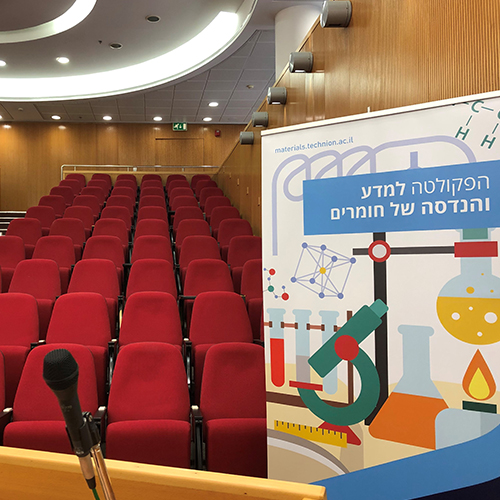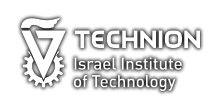
Mr. Liad Hayoun - M.Sc. Candidate
06/07/2025
David Wang Auditorium, 3rd floor Dalia Meidan Bldg.
13:30
The microstructure of polymer–fullerene blends critically influences the performance of organic semiconductor devices. Although vapor-phase infiltration (VPI) enables selective staining, quantitative analysis of SEM images remains difficult due to image noise and the inherent complexity of organic blend morphologies, including mixed-phase regions.
This study introduces a systematic image analysis framework for segmenting and quantifying SEM micrographs of polymer–fullerene films. The method integrates localized extraction of first- and second-order image attributes into pseudo-colored, multi-channel representations that enhance phase contrast. An initial unsupervised K-means clustering step isolates the active layer, followed by a second clustering stage that classifies internal domains into polymer-rich, fullerene-rich, and mixed regions.
In cases where attribute-based clustering proves inadequate—due to low contrast or complex phase behavior—an alternative approach is employed. This involves polynomial filtering and dynamic edge detection to define the active layer, followed by supervised segmentation using intensity profiles derived from pristine reference images.
As a proof of concept, the framework was used to extract quantitative morphological descriptors from segmented SEM images. These descriptors were compared with previous studies and complementary characterization techniques. The proposed approach enables detailed correlation analysis between microstructural features and device performance, supporting comprehensive investigations in organic semiconductor research.


